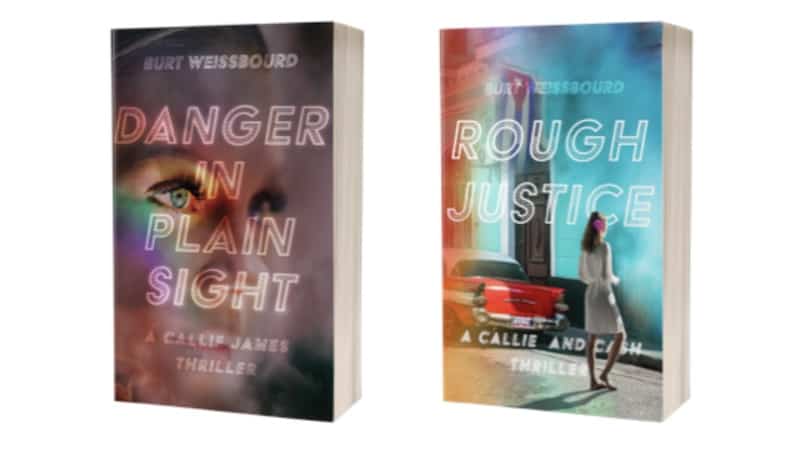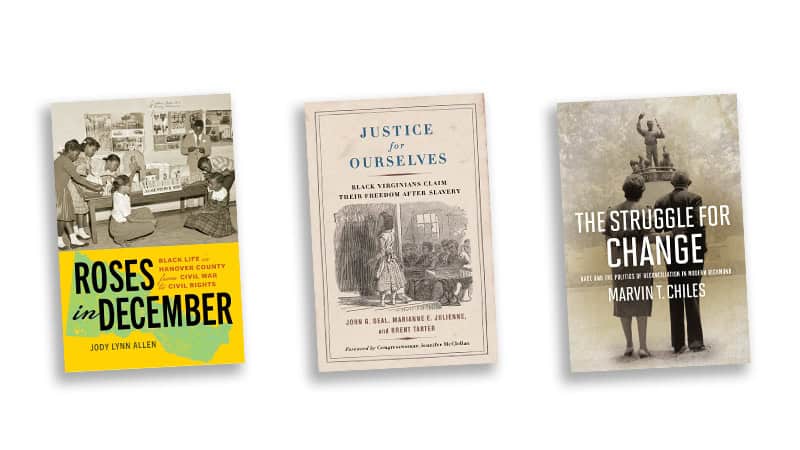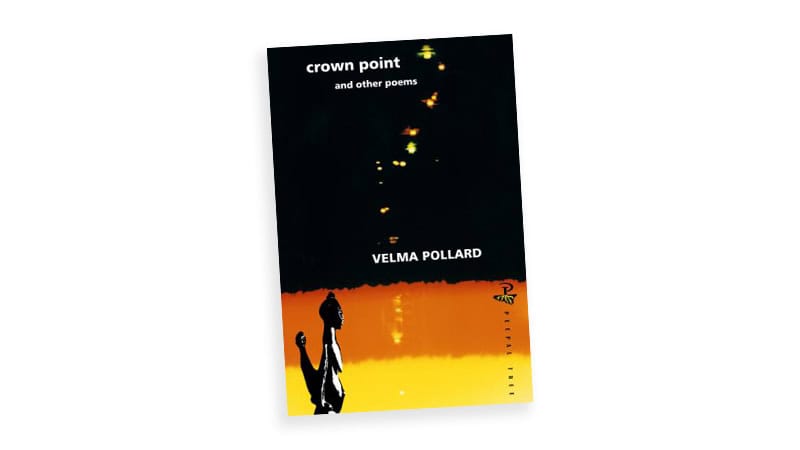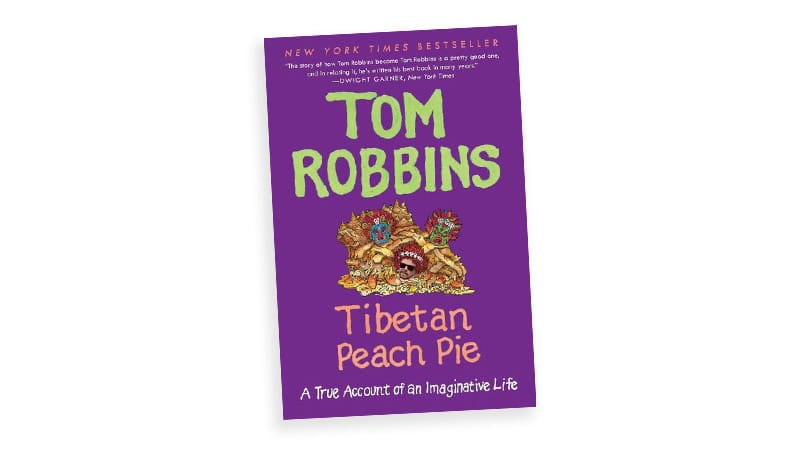Burt Weissbourd: From Films to Novels
The writer explores his career and recent changes in focus

Baby boomer Burt Weissbourd, novelist, screenwriter, and film producer, explores his career changes, specifically from film producer to novelist.
I write character-driven thrillers, including my latest novel: “Rough Justice” (Blue City Press, Rare Bird Books 2022). My earlier work includes: The Corey Logan Trilogy – “Inside Passage,” “Teaser,” “Minos” – and “In Velvet” (Rare Bird Books), also “Danger in Plain Sight” (Blue City Press, Rare Bird Books), the prequel to “Rough Justice.”
How did I come to writing books?
It began years ago when I went to Hollywood.
I came to Hollywood in 1978 to produce feature films. I was 28 years old, I didn’t know anyone in the movie business, but I’d stumbled onto a timely idea—I was going to work with, and most importantly, back screenwriters. That is to say, stand behind their work—and I say this with hindsight—protect them from being rewritten, include them in the process of choosing a director, casting the picture, all of the decisions that go into making a feature film.
At that time, Writers Guild minimum for a high-budget screenplay was $9,600. You could hire the most accomplished screenwriter, if he or she agreed to work for the minimum, for $9,600.
Most importantly, it was a golden age in Hollywood – filmmakers were taking risks and studios were giving directors free reign to make daring movies. In this creative context, writers were eager to work on exciting projects, especially if they could stay with the project as it moved toward becoming a film.
So I approached writers that I loved and made unconventional deals. I worked with writers whose work grabbed viewers viscerally, not with explosions but with multi-dimensional characters that would draw you into a deeply moving story. I spent countless hours working out the stories and shaping the people in them. I worked with the following screenwriters, with some of their most famous works noted in parentheses: Frederick Raphael (“Two for the Road”), Alvin Sargent (“Ordinary People,” “Julia”), Andy Lewis (“Klute”), Joe Esterhas (“Basic Instinct”), Ron Bass (“Rain Man”), Stewart Stern (“Rebel Without a Cause”), William Wittliff (“Lonesome Dove,” “Raggedy Man”), Larry D. Cohen (“Carrie,” “Ghost Story”), Ross Macdonald (his only screenplay based on his book, “The Instant Enemy”), etc. (Excepting “Raggedy Man” and “Ghost Story,” I did not work on these films.)
As I had some success, I began developing screenplays that interested actors including: Robert Redford, Lily Tomlin, Goldie Hawn, Sally Field, and Jill Clayburg. I had a memorable trip to NYC to read a Frederic Raphael screenplay I had worked on with Diane Keaton and Al Pacino.
With hindsight, I can see how working with great screenwriters helped me later – I learned to draw complex, multifaceted characters without long interior monologues.
I left Hollywood in 1987 – the golden age was over and I wanted to write.
I still remember why I started writing. I was a successful movie producer, and I felt that my movies were well supported by the studio, Universal. Some made more money than others (“Ghost Story”), but none were huge hits. At that time, I felt that I would do better with my films if I had more control of the final product (which was finally not controlled by the producer). I thought about becoming a director, who generally had more control over the final character of the movie.
Little by little, though, I also dared to consider becoming a novelist. I saw that so many of the screenwriters I worked with came back to work with me again, and over time, I understood that they believed I was adding value to their work. So maybe – maybe – I had some talent as a writer. I also knew that novelists had more control than producers over their final product. Finally, I had young children that I wanted to spend time with and being a movie director meant spending a lot of time away from your family. After carefully considering both choices, I decided I would try to write novels. I never looked back. I loved writing, I loved managing my own problems and preoccupations rather than managing others, which is a producer’s main job. And, at the end of the day, I loved the books I wrote. They were exactly what I wanted to write. There was no one else making changes or rethinking the work. I had met my goal—the final product was exactly what I wanted it to be.
In hindsight, the best screenplays I’d worked on never got made. Nevertheless, it was a great experience. As a producer developing a screenplay, you look for stories with strong, complex characters and a “rich stew”—that is to say a situation with conflict, emotional intensity, and the potential to evolve in unexpected ways. That is exactly how I approach the books that I write. I learned how to do that as a producer working on screenplays.
Learn more about Burt Weissbourd and his works at BurtWeissbourd.com.


